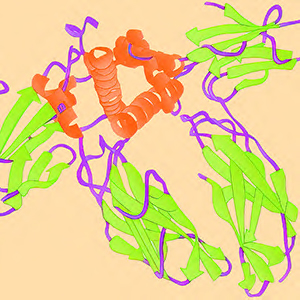TARGET BIOLOGICI DEGLI INTERFERENTI ENDOCRINI

All claims expressed in this article are solely those of the authors and do not necessarily represent those of their affiliated organizations, or those of the publisher, the editors and the reviewers. Any product that may be evaluated in this article or claim that may be made by its manufacturer is not guaranteed or endorsed by the publisher.
The study of the biological impact of exposure to endocrine disruptors is a complex and constantly updated subject. Recent evidence shows, in fact, that even exposure to low dosages of these substances during embryonic development is able to alter the biology of cells, tissues and organs of both the individual himself and his progeny for at least three successive generations. The enormous impact of substances released currently and/or in the past into the environment falls both on human health and on wild and farmed animal species. Although the synthesis and commercialization of substances that are currently known as endocrine disruptors dates back to a century ago, the term endocrine disruptor was proposed later, in 1993 and identifies any exogenous substance (natural or synthetic) capable to interfere with normal hormonal functions, with the synthesis of hormones, with their transport within the body or with their catabolism. The alterations induced by endocrine disruptors can have the adult individual as a general target but are particularly worrying if the target is the developing embryo due to the nowadays known transgenerational effects. Finally, the toxicology of endocrine disruptors cannot ignore the evaluation of the effects on populations and, ultimately, on ecosystems. The essay illustrates the effects of some known endocrine disruptors at various levels, from molecular action to transgenerational effects, and the endocrine disruptor hypothesis which states that environmental endocrine disruptors have an impact on animal health altering the expression of key genes during embryonic development.


 https://doi.org/10.4081/incontri.2022.799
https://doi.org/10.4081/incontri.2022.799